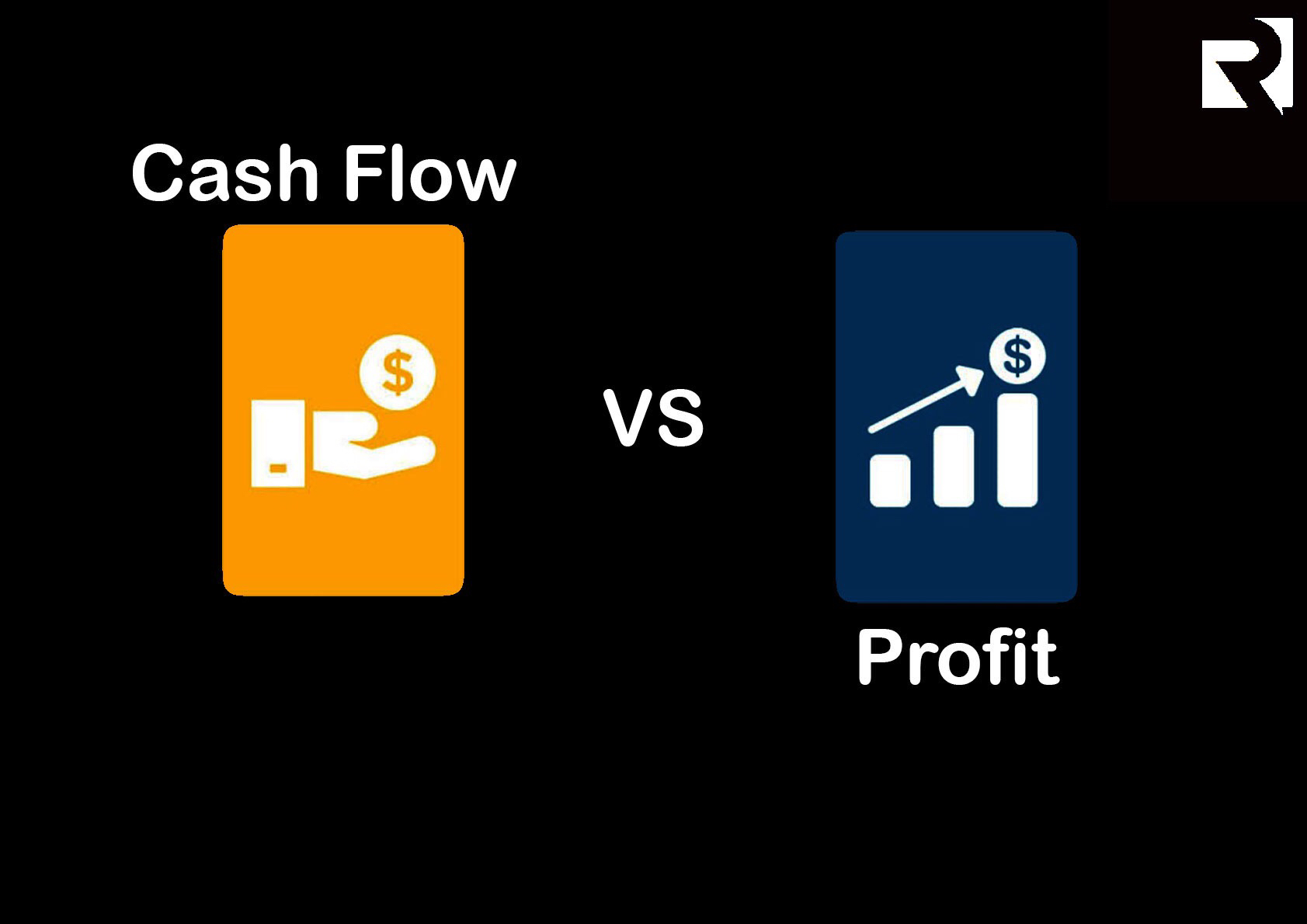Because the word ‘Profit’ registers money to the average mind, and of course, Cash is money, it is easy to take both to mean the same thing. However, in Accounting, both are different. And it is not just an abstract or theoretical ‘thing’. Understanding the difference between both and what they mean for your business is crucial in ascertaining your business’ performance and financial health.
For investors, understanding these two financial metrics and their role in financial health is fundamental in deciding to invest or not in a business. However, profit and cash flow are not the only metrics for an investment decision. But they are vital in assessing the financial standing of the company.
Profit
Profit is the balance that remains when all of a business’s operating expenses have been subtracted from its revenue within a period. Profit can either be reinvested in the business, used to settle shareholders, or kept as the company’s reserve. Another option is to make a capital investment. As profit is at the core of all businesses, leaving all profit sitting in reserve is not a wise choice.
Profit is primarily categorised in three ways - Gross profit, Operating profit, and Net profit. While these categorisations are based on the same revenue, each highlights different levels of financial commitments dependent on the revenue. A company either makes profit or runs at loss.
Cash Flow
Cash flow is the movement of money in and out of a business within a period. It is the amount of money flowing in and out of the business. The inflow is the amount of money generated from products, investments, and partnerships. And outflow covers all the expenses of the company.
Cash flow can be positive or negative. Positive cash flow means an increasing cash flow, and negative cash flow means a decreasing cash flow. Cash flow can be classified further into - Operating cash flow, Investing cash flow, Financing cash flow. Each category highlights the three channels through which a company generates cash flow.
What is the Difference?
As stated earlier, both look familiar on the surface but are wholly different Accounting concepts. Cash flow centres on the liquid asset a company operates with and receives within a period, while profit is just the numbers. A business can generate high profit on the sales made, but the cash flow can be negative based on the payment made.
For instance, a company makes 7 different sales on a 10,000 naira product. For each product sold, the profit for the company is 5,000 naira. But of these 7 customers, only 3 customers paid, making the inflow 30,000 naira. While the company has a sale of 70,000 naira, with a profit of 35,000 naira, cash flow is 35,000 naira outflow and 30,000 naira inflow. Can you see the imbalance?
The company has made profit but has a negative cash flow. Here is what it means for the company - if the cash flow does not balance up with the profit, the company will run into a financial crisis despite making a profit. A company can also have positive cash flow but with declining profit. The declining profit will eventually reflect in the cash flow.
Both profit and cash flow are of equal importance in running a long-term successful business. While profit remains a primary indicator of business success, cash flow can almost completely cripple the company from running. Increasing profit must be matched by a positive cash flow to keep the business financially afloat.



